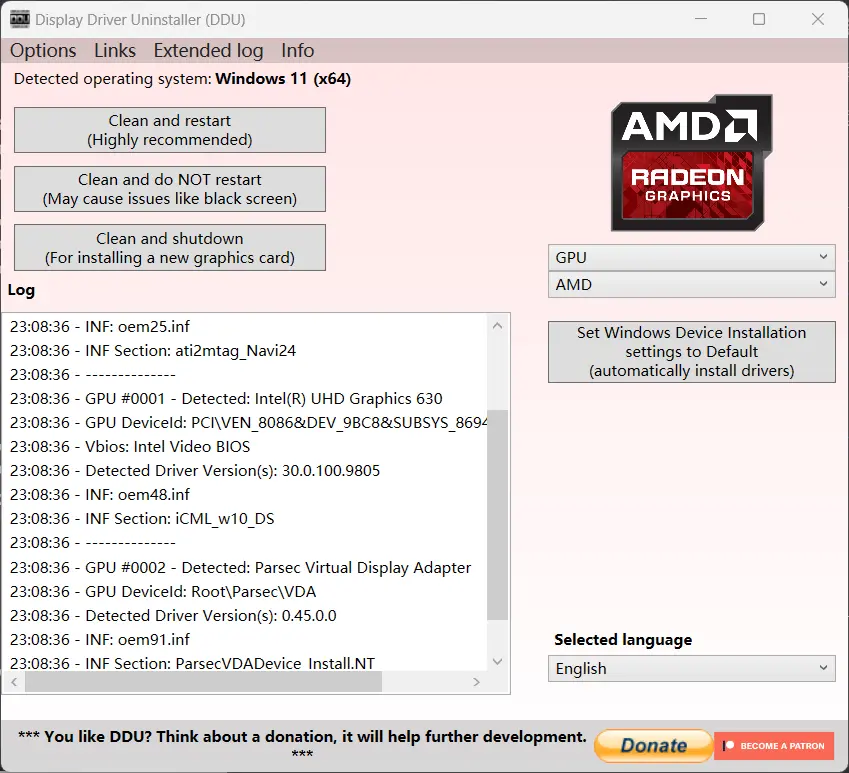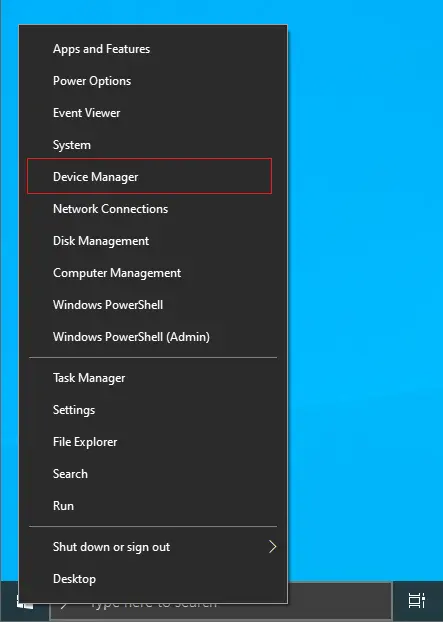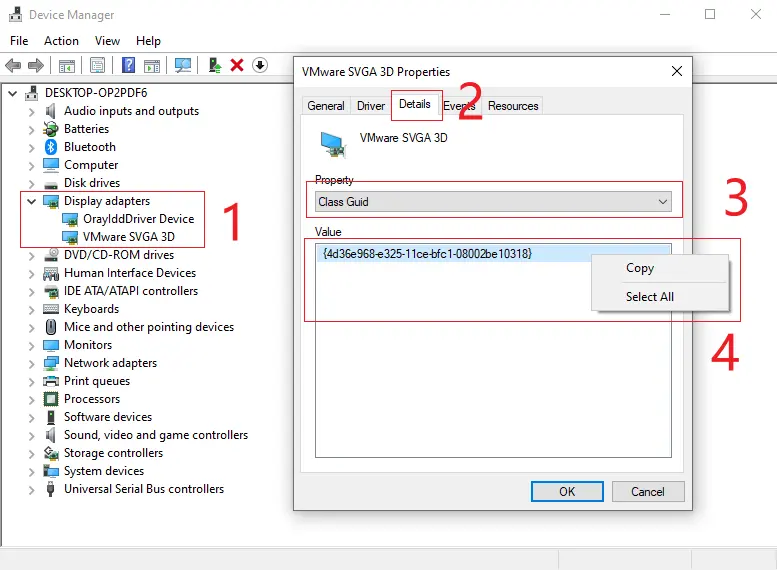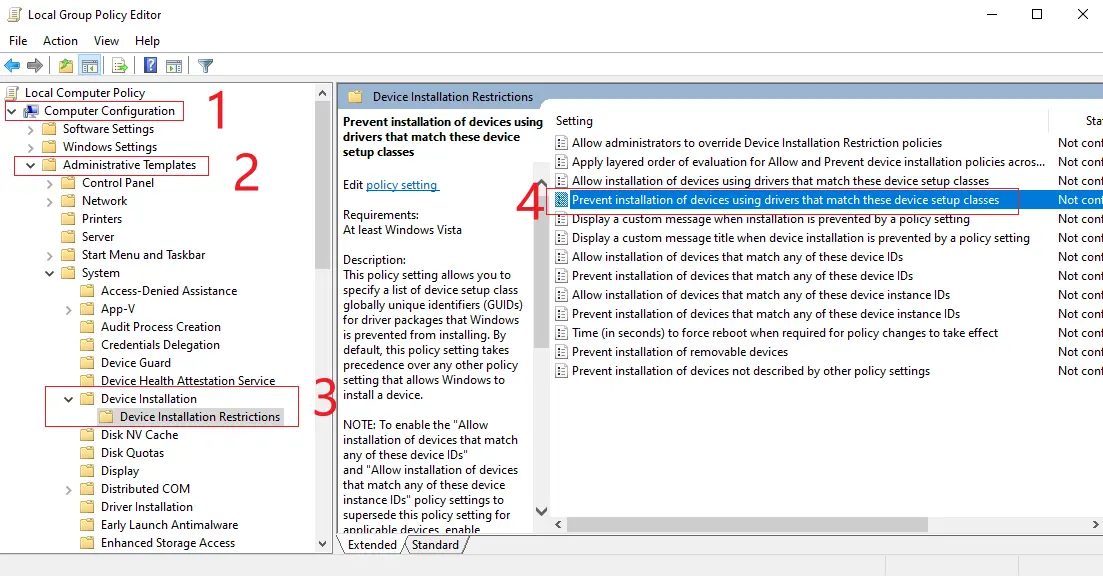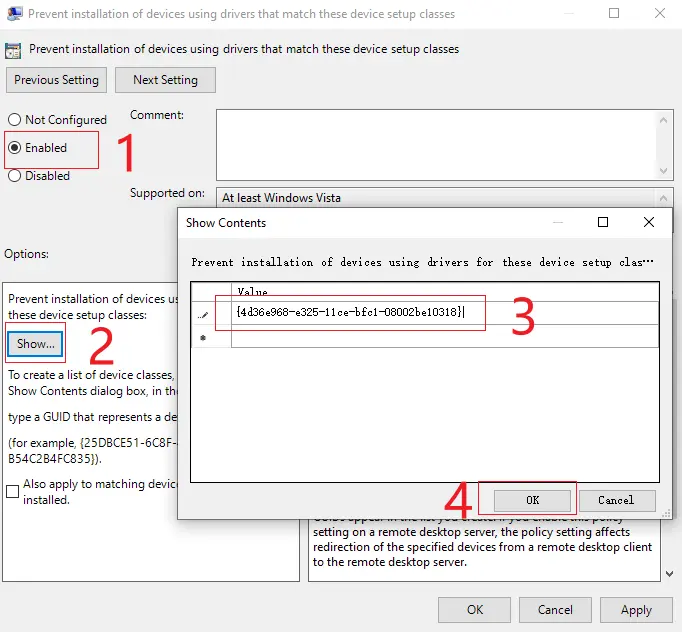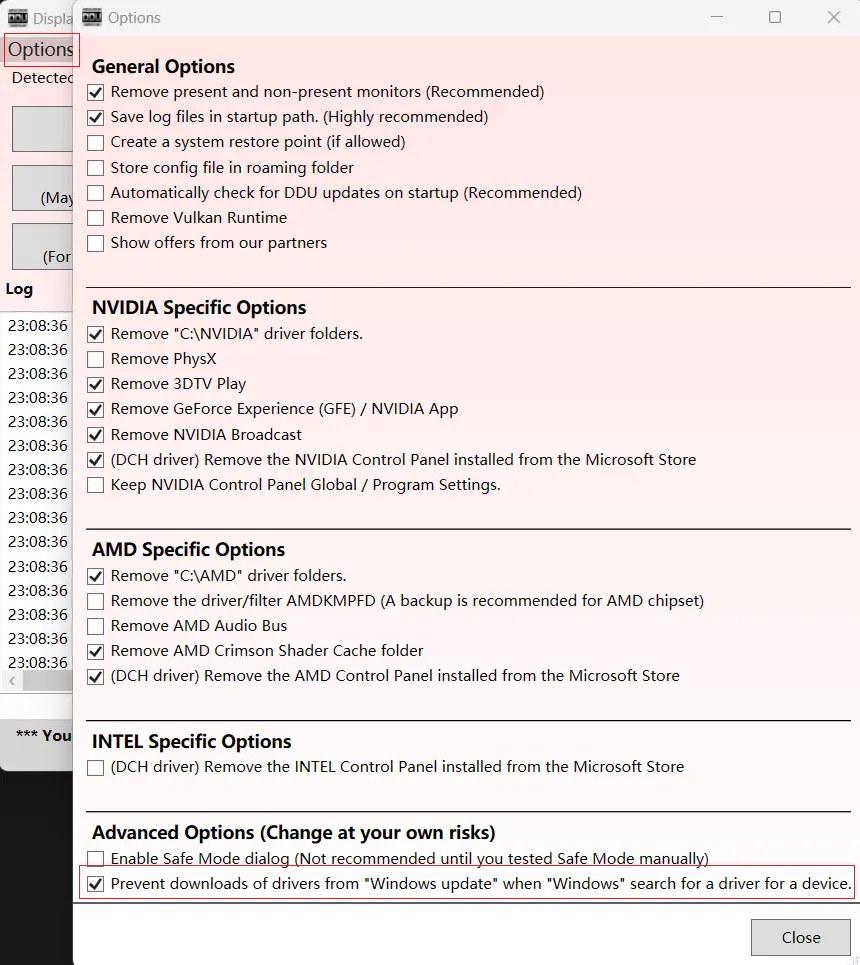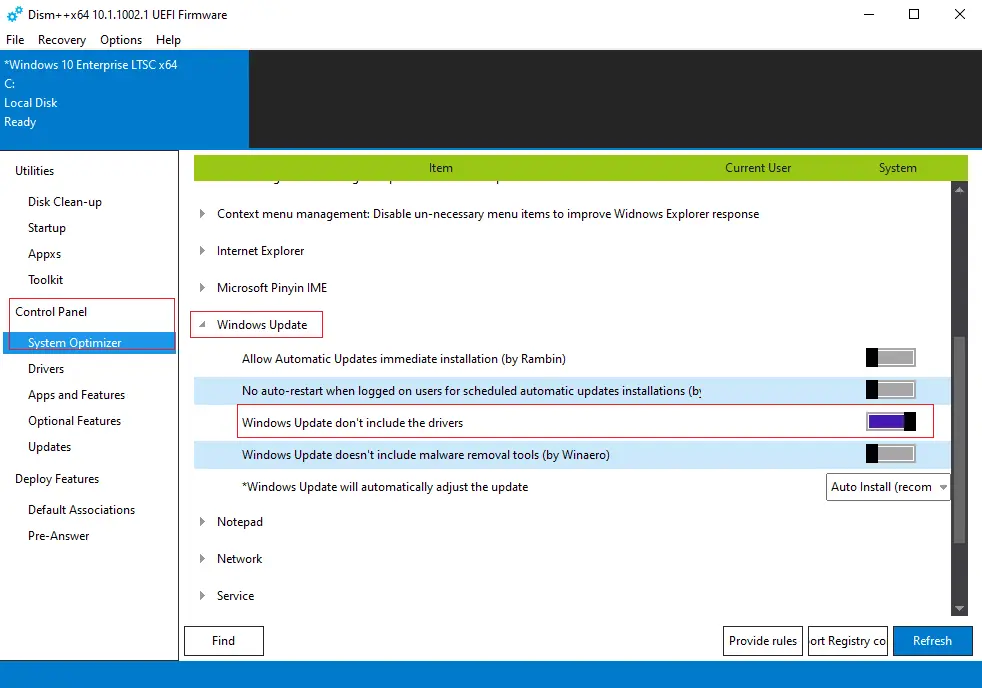Block Windows from Automatically Updating AMD GPU Drivers
In a moment of impulse, I updated my AMD graphics driver, only to find that with the new 24.7.1 driver, my GPU started making a horrible whining noise. My case is right next to me, so the sound was like someone sawing through a table leg. I immediately uninstalled the new driver and rolled back to the old, stable 22.5.1 driver, thinking that would be the end of it. But no! Windows Auto Update, in its infinite wisdom, stabbed me in the back while I was grabbing a bite to eat and updated the driver again. After trying multiple methods, I finally got Auto Update to leave my driver alone. Below is the tale of my battle with Windows Auto Update.
Before we dive in, let’s talk about how Windows Auto Update works. In its infinite wisdom, it only updates the driver and not the Adrenalin control panel, which leads to mismatched versions. Even worse, the driver it installs isn’t necessarily newer than the one you manually installed, but Windows thinks its version is superior and just overwrites yours. Genius.
Pro Tip: Before you start, disconnect from the internet! This is critical — download a stable driver first, then disconnect. Windows will otherwise sneak in an automatic update while you’re still in the middle of fixing things.
Uninstall the Current Driver
First, let’s get rid of the driver that Windows installed. I recommend using Display Driver Uninstaller (DDU) to uninstall it. Compared to the Control Panel, DDU does a more thorough job and reduces the chances of issues down the line. You can download it from the following link—usually, the latest Portable version will do.
The download is a self-extracting file. Just double-click it, extract, and open the folder. Run Display Driver Uninstaller.exe, select GPU on the right, then AMD, and click Clean and restart. No need to enter Safe Mode. Once it’s done, the system will reboot automatically.
Block Windows from Automatically Updating the Graphics Driver
Below are the various methods I tried. While most didn’t work for me, I’m documenting them anyway because, from what I’ve observed, whether these methods work is almost a matter of luck. Some people say these methods helped, while others say they did nothing.
Group Policy Editor
This method comes from the Microsoft Community:如何禁用 Windows 10 (11) 的显卡驱动更新
Steps:
- Right-click the Start menu and open
Device Manager. - Double-click on your AMD graphics card under
Display adapters. - Switch to the
Detailstab. - From the
Propertydropdown, selectClass Guid, and then right-click to copy theValuedisplayed below. - Press
Windows + R, typegpedit.msc, and press Enter to open the Group Policy Editor. - Navigate to
Computer Configuration→Administrative Templates→System→Device Installation→Device Installation Restrictions. - On the right, double-click
Prevent installation of devices using drivers that match these device setup classes. - Check
Enabled. - Click
Showat the bottom, and paste the graphics card’sClass Guid(copied in step 4) into theValuefield. - Click
OKto save changes.
In my case, this didn’t completely block Windows from installing the driver. The installation process would get almost all the way to the end before failing, leaving me in a weird limbo. Technically, the install failed, but Adrenalin still complained about a mismatched driver version. And the GPU coil whine? Back in full force. I call this the Schrödinger’s driver problem.
Also, if you’re on the Home edition of Windows, there’s no Group Policy Editor, so this method won’t work for you.
Block Updates with DDU
DDU also has a setting to disable driver updates, but it didn’t work on my system — probably because I hadn’t disconnected from the internet at the start.
- Click on
Optionsin the top left corner of DDU. - Under the advanced settings, check the box for
Prevent downloads of drivers from Windows Update when Windows search for a driver for a device.
Block Updates with Dism++
Similarly, the method using Dism++ didn’t work for me either.
- Open the
Control Panelin Dism++ and go to theSystem Optimizertab. - Expand the
Windows Updatemenu. - Enable the option
Windows Update don't include the drivers.
Roll Back the Driver in Device Manager
This was the method that worked for me, and it’s been stable for the past two months.
- Right-click the Start menu and open
Device Manager. - Double-click your AMD graphics card under
Display adapters. - Click
Roll Back Driver.
Installing the New Driver
The driver version I ended up with is 22.5.1, which is the most hassle-free for the 6500XT. Later versions introduced “optimizations” that caused the memory clock to max out when using dual monitors. And when my GPU’s memory clock is maxed out, it starts whining like crazy — loud enough to hurt my ears. Plenty of users have reported this bug, but AMD claims it’s a feature for stability. Yeah, right.
With version 22.5.1, as long as one screen is connected to the discrete GPU and the other to the integrated GPU, the memory clock can dynamically adjust, so it’s not maxed out all the time. Plus, I haven’t encountered any issues with this version. Ironically, the so-called “more stable” versions that followed have caused driver crashes instead.
After installing, I recommend turning off the update check in Adrenalin, then restarting your computer.
